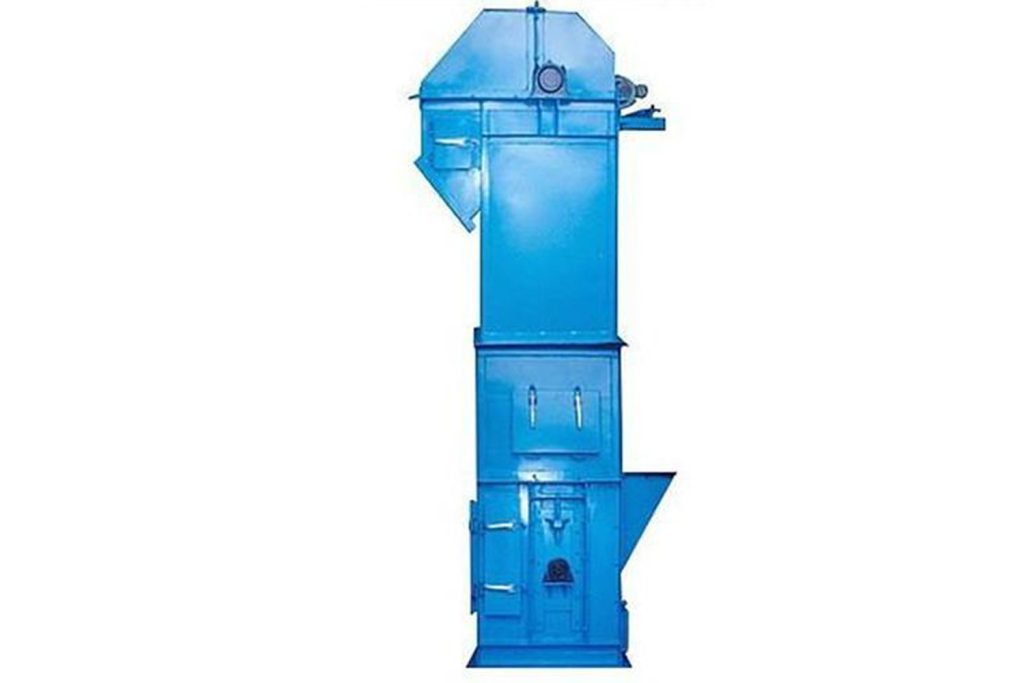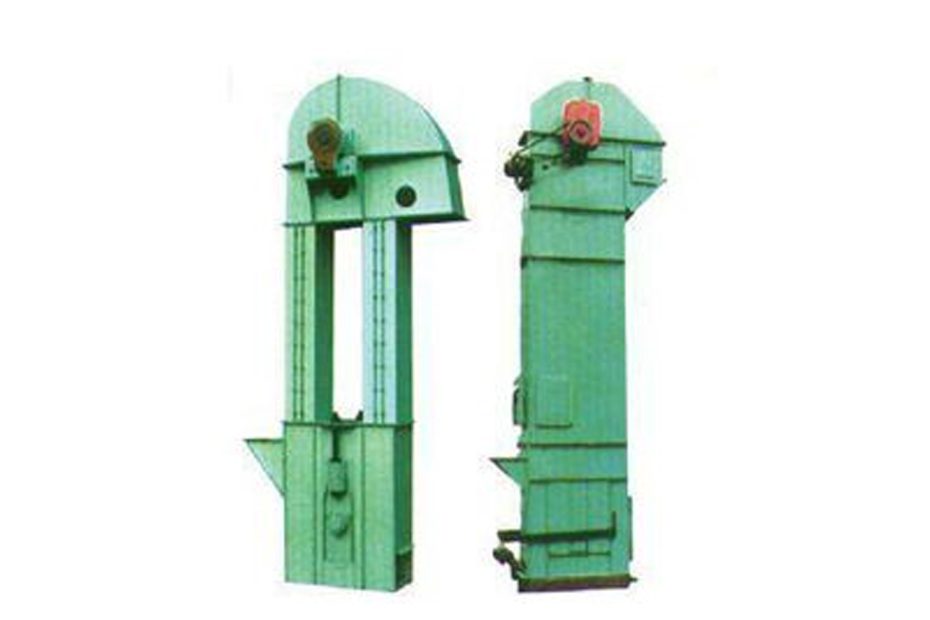Bucket elevators play a vital role in factories, efficiently lifting dusty products from raw materials to finished goods. However, these workhorses can pose a significant safety risk in facilities that handle combustible dust. Dust explosions can occur when combustible dust mixes with air and is ignited, transmitting destructive forces beyond the point of origin.
To address this hazard, new National Fire Protection Association (NFPA) standards have been implemented, increasing the responsibilities of equipment owners and operators.
The Danger of Dust Explosions
Combustible dust can lead to catastrophic explosions when it encounters an ignition source. The empty buckets on the underside of the bucket elevator act like fans, pushing the dusty air around the equipment and increasing the risk of an explosion. In the event of a dust explosion, the lightweight structure of the elevator undergoes rapid pressure rise due to combustion. To prevent such disasters, appropriate safety measures must be in place.
Explosion Venting of Bucket Elevators
One effective method to mitigate the damage caused by dust explosions is explosion venting. In the early stages of an explosion, an explosion vent opens rapidly at a predetermined blast pressure. This allows the combustion process to escape into the atmosphere, limiting the pressure developed within the bucket elevator to calculated safe limits. Compliance with NFPA 68 is essential in designing explosion venting systems, considering factors such as dust reactivity (Kst value) and the structural strength of the bucket elevator.
Bucket Elevator Protection with Multiple Vents
To ensure maximum safety, bucket elevator protection often utilizes multiple vents. These vents are carefully placed and sized to handle different explosion scenarios, effectively managing pressure and protecting the equipment. By deploying multiple vents, the risk of structural damage or other hazardous consequences is significantly reduced.
Flameless Exhaust for Explosion Venting
In situations where venting a flame ball must be avoided, a flame arrester can be deployed. A flameless exhaust system is designed to absorb pressure waves, flames, and a portion of the dust typically ejected during an explosion. Since bucket elevator guards are usually at or below ground level, they are suitable for protection with flameless ventilation systems.

Explosion Suppression of Bucket Elevators
Another approach to mitigating the risks associated with dust explosions in bucket elevators is explosion suppression. This system comprises explosion detection equipment that rapidly identifies the event in its early milliseconds. Once detected, it signals the fire suppression module to release a flame extinguishing medium into the bucket elevator. This stops the explosion early on, creating a low-pressure environment that is safe for the elevator and connected equipment.
Chemical Isolation for Explosion-Proof Bucket Elevators
Bucket elevators serve as conduits that connect various areas of manufacturing or storage facilities, making them potential pathways for the spread of dust explosions between plant areas. To prevent the spread of explosions, isolation barriers must be carefully placed, in line with NFPA standards. Mechanical barriers can interfere with the proper function of bucket elevators, as they are circular devices, whereas elevators typically have rectangular connections.
Chemical isolation provides an effective solution. This rapid fire suppression technique involves injecting an extinguishing medium, creating a barrier to the passage of flames. By using chemical isolation, bucket elevators can be safeguarded against the transmission of destructive forces during a dust explosion.
Conclusion
In facilities that handle combustible dust, bucket elevators can present significant safety challenges. However, by adhering to NFPA standards and implementing explosion venting, explosion suppression, and explosion-proofing techniques, facility owners and operators can ensure the safe handling of materials and protect both personnel and equipment from the devastating consequences of dust explosions.
Properly designed and maintained bucket elevators, equipped with appropriate safety measures, will continue to serve as indispensable tools in efficient material handling while prioritizing worker safety and facility protection.
